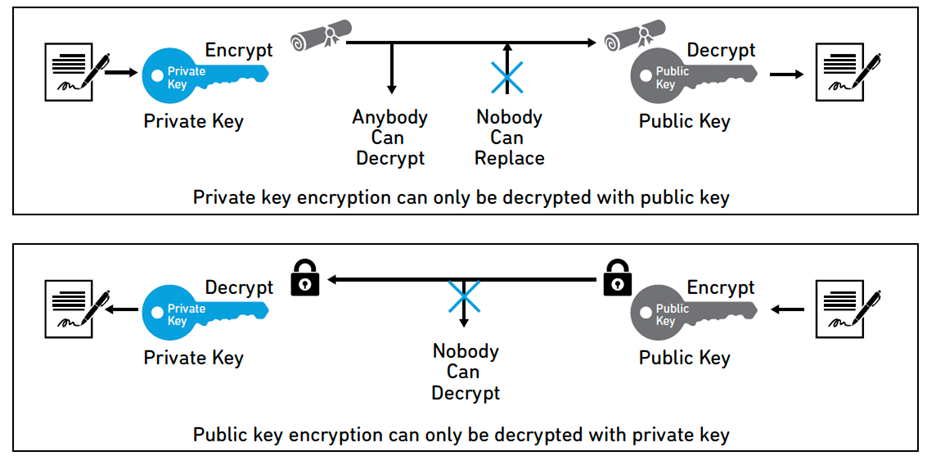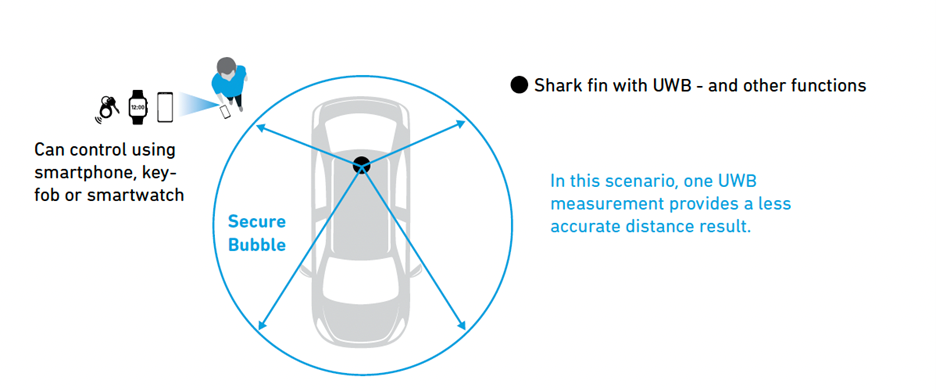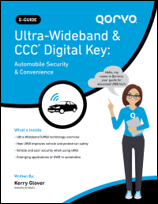Ultra-Wideband and CCC® Digital Key - Enabling a Better Driving Experience
March 2, 2023
Ultra-Wideband (UWB) is one of the key technologies being adopted by the automotive industry to enable automated, secure pre-driving and enhanced safety on the road. As a wireless connectivity technology, security is critical to ensure encrypted and protected communications between the driver and the vehicle. Therefore, the Car Connectivity Consortium (CCC) has already included UWB as part of its Digital Key Release 3 specification. According to a report from Research and Markets, it's predicted that in the next few years, all new vehicles will include Digital Key with UWB. UWB is not only being implemented inside the key fob but is also being integrated inside all new smartphones. This blog post describes the highlights of CCC® Digital Key and UWB.
What is UWB for Automotive Applications?
UWB, an RF wireless technology that enables extra security capabilities, has already gained traction with mobile device applications that require identification methods. Combining these existing identification methods when using a vehicle key fob with precision UWB location sensing also mitigates security challenges, such as key fob spoofing.
In an automobile, UWB location sensing will complement Bluetooth® Low Energy (LE) communications, which is used between the key fob or smartphone and the vehicle to validate the key fobs or smartphone credentials. Once the initial Bluetooth LE connection has been made and credentials have been validated, the vehicle will activate UWB sensors to locate the holder of the key fob or smartphone. All communications are secured through the Digital Key standard protocol with public and private keys to encrypt and decrypt messages.
UWB allows precise location finding using two-way ranging, a methodology that requires precise timing between senders and receivers. Scrambled Timestamp Sequences (STS) encode the precise timing in the signaling between the device and the vehicle. The data is encrypted with the Advanced Encryption Standard (AES) to prevent spoofing of the timestamps. With the precise times that signals are sent and received in both directions, intelligence in the car can calculate the exact distance to the driver. All this happens without the driver doing anything.

Digital Key security and exchange process.
Using location sensing, automotive manufacturers can create a secure bubble around the vehicle, keeping the car protected until a driver approaches with valid credentials. A car only needs a single UWB sensor to measure distance. But, with more sensors in the vehicle, UWB allows determining the direction from the vehicle that the timestamps are coming from. So, the car could locate a person near a door or tailgate and then respond according to driver preferences. UWB can be extended to even more features, such as actions based on zones of distance from the vehicle, pinpointing a person's location at the curb waiting for a ride and other vehicle-to-pedestrian (V2P)—even vehicle-to-vehicle (V2V) operations.

Digital Key with single UWB sensor in shark fin calculating distance only.
Digital Key Release 3 with UWB adds new security and convenience capabilities to modern automobiles. It's essential that any new technology be simple, secure and reliable. So, while creating high security, the Digital Key standard also allows flexibility for typical situations involving a driver's key, such as lost keys, the sale of the car, valet parking and key sharing.
UWB, like Wi-Fi and Bluetooth technology, has made our lives richer, and UWB, with Digital Key, will provide new benefits with vehicle ownership and operation. With this blog, I've only touched on the highlights of what UWB and Digital Key will do for automobiles. To find out more, download the free Ultra-Wideband and CCC Digital Key e-book.
The Bluetooth® word mark and logos are registered trademarks owned by Bluetooth SIG, Inc., and any use of such marks by Qorvo US, Inc. is under license. Other trademarks and trade names are those of their respective owners.
Have another topic that you would like Qorvo experts to cover? Email your suggestions to the Qorvo Blog team and it could be featured in an upcoming post. Please include your contact information in the body of the email.

